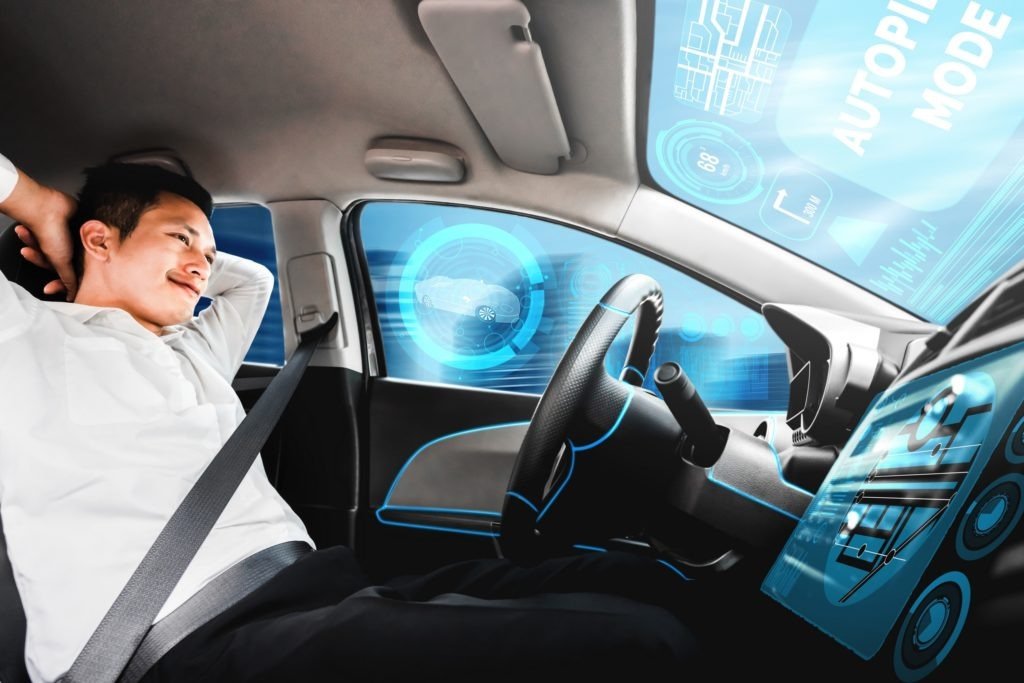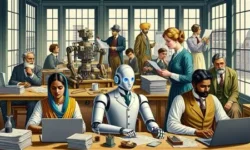How to Trust Artificial Intelligence in the Automotive Industry? The Future of AI-Driven Cars
Published on: august 26, 2025 | By: blog-ai

Current uses of AI in the automotive industry
The AI in automotive industry started as early as 2002 with the introduction of the rear-view camera. That was the first machine learning algorithm used in vehicles, capable of detecting pedestrians, bicycles, and obstacles. Today, cars are far more autonomous, equipped with a multitude of sensors that provide faster, simultaneous data processing and real-time decision-making.
AI is also embedded in the development process. From concept design to final testing, AI shortens timelines drastically. In China, it now takes 9–18 months to develop a car compared to 36–48 months before. It optimizes energy consumption, reduces material costs, and improves quality control. Manufacturers also rely on predictive analytics to anticipate failures, cut maintenance costs, and deliver more sustainable vehicles.
How AI will transform future cars
The future focus is road safety. Every year, 1.3 million people die in car accidents worldwide. AI aims to reduce these numbers by enabling cars to evolve through over-the-air updates, much like smartphones. Vehicles will benefit from improved safety features, cybersecurity protections, and enhanced performance. Beyond safety, AI will redefine mobility, making vehicles more energy-efficient and environmentally friendly.
- Advanced driver assistance: emergency braking, lane departure correction, and driver fatigue detection.
- Electrification support: AI will optimize battery use by predicting driving patterns and weather conditions, suggesting optimal routes and charging stations.
- Smart assistance: detection of children or pets left inside cars, automated breakdown diagnostics, and even emergency calls.
These innovations mark a step toward fully autonomous mobility where vehicles become trusted partners, able to adapt to human behavior, reduce risks, and support greener transportation.
Limits and challenges of AI in cars
Despite its potential, AI in cars still faces limits. Technologically, the ultimate goal is level 5 full autonomy, but barriers remain. Mercedes launched level 3 cars in Germany, where the vehicle takes control in specific conditions. Meanwhile, in San Francisco and China, level 5 robot-taxis operate without drivers.
However, the main challenges are regulatory and financial. While 30% of cars could reach level 3 autonomy by 2030, level 5 cars remain costly and legally restricted in many countries. Building public trust also requires greater transparency about algorithms, secure data management, and better protection against hacking attempts.
AI, safety, and regulations
Safety remains the cornerstone of AI adoption. Regulations like the European AI Act aim to ensure ethical, safe, and environmentally responsible AI. Countries also vary in their approval: Germany allows level 3 cars, while France does not yet.
Ultimately, trust in AI in automotive industry will depend on proving its reliability, ensuring cybersecurity, and adapting regulations to technological advances. Creating a balance between innovation and responsibility will determine how far and how fast AI reshapes the future of mobility.




